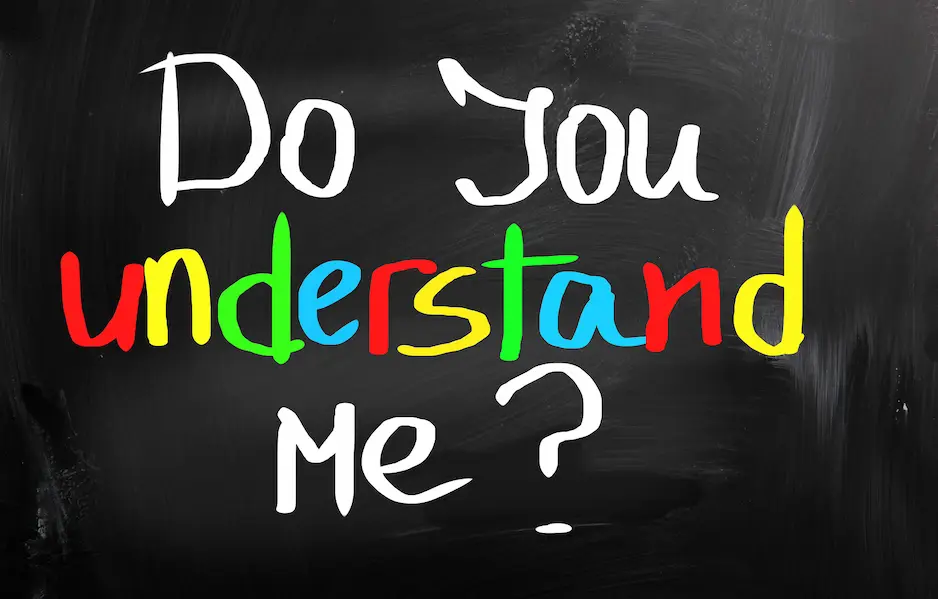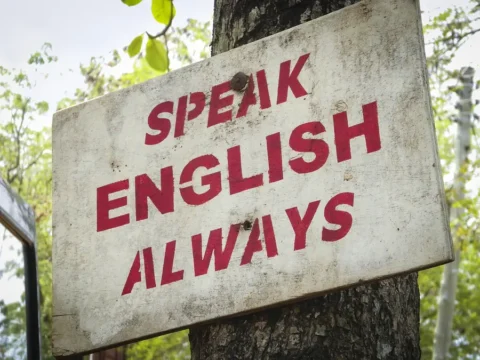When should we check understanding in the TEFL classroom?
We should check that learners understand:
- when we are introducing or revising new language (grammar or lexical items and functional expressions)
- when, during an activity, we realise that our learners haven’t understood something. This could be, for example, a word in a reading text
- when we are giving instructions for an activity
- when we are correcting errors
- when feeding back for comprehension of a listening or reading activity
How can we check understanding in the TEFL classroom?
Our choice should depend on the type of language that we’re checking. Different techniques lend themselves to different types of language. Here are a few different ways with some examples:
- Using synonyms and antonyms
- Example:
hot
“What’s the opposite of hot?”
- Example:
- Eliciting or giving definitions or examples
- Example:
software
“What are some examples of software?”
- Example:
- Getting the students to mark language on timelines
- Very useful for verb forms – have students (in pairs, small groups, or at the whiteboard) mark the verb forms on a timeline
- Concept questions
- Example:
“You don’t have to do your homework”
“Is it necessary to do your homework?” (no)
“Can I decide?” (yes)
“Can I do my homework if I want to?” (yes)
- Example:
- Asking for personal responses
- Example:
bear
“What would you do if you saw a bear?”
- Example:
- Using pictures or realia
- Very effective when you have planned which language items you’re going to be checking (you can bring pictures or realia with you or use what is in the classroom). More difficult for ad hoc checking.
Example with realia:
shoes
“Show me your shoes”
- Very effective when you have planned which language items you’re going to be checking (you can bring pictures or realia with you or use what is in the classroom). More difficult for ad hoc checking.
- Asking students to mime
- Useful for action verbs
- Discriminating between different forms
- Example:
“I ate my dinner when you arrived” / “I was eating my dinner when you arrived”
– What’s the difference? (Learners could answer with timelines)
- Example:
- Using translation
- If a language item has a direct and unambiguous translation in the learners’ L1, translation can be a quick and effective way of checking understanding if you don’t want to interrupt the flow of an activity. This requires a monolingual class (every learner has the same L1) and the teacher to be confident with his or her translation.
How can we check understanding of instructions?
After giving instructions clearly and concisely, we can check understanding by:
- Modelling the activity with one student
- Asking one pair of students to model the activity
- Asking students to repeat the instructions back to you – if you have broken the instructions down into clear steps, this becomes easier: “Luisa, what is the first thing you are going to do?”… “Ok, Rafael, what are you going to do next?”…
How not to check understanding
Asking the question “Do you understand” can lead to trouble. There are a couple of reasons for this:
- Learners may be afraid or shy to admit that they don’t understand. Loss of face with peers or the teacher can be an issue.
- Learners may think they understand but don’t. False friends are one reason for this. For example, a French student may think “actually” translates as “actuellement”. (“Actuellement” in fact translates more like “at the moment”, “currently” or “nowadays”).










2 comments
Kim Palmer
I don’t understand how to ask CCQs on object pronouns.
Keith Taylor
Hi Kim
Can you give me an example sentence with an object pronoun that you would like to ask a CCQ for?